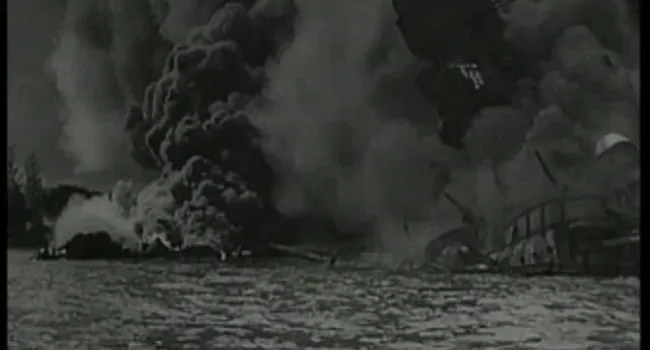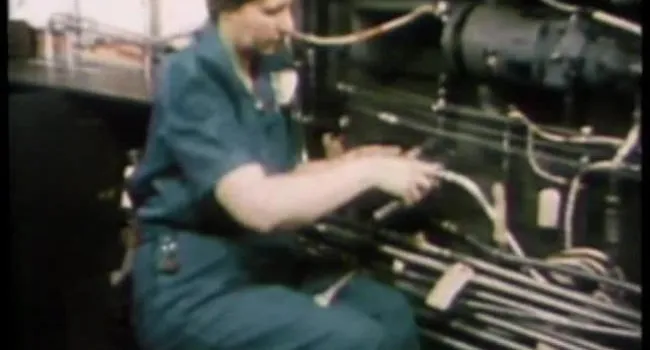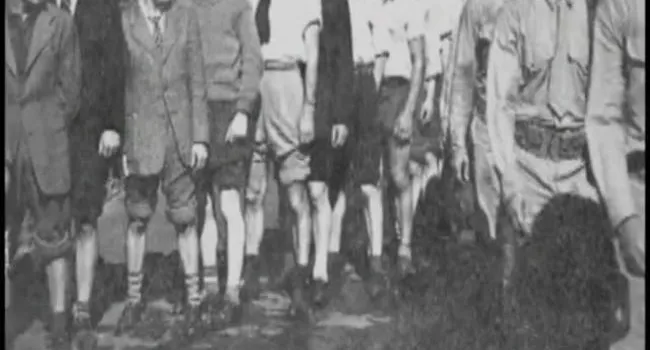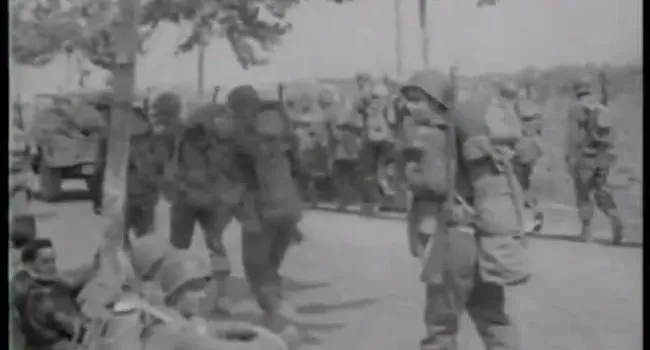South Carolina has, by now, fully ramped up for the war with training bases dotting the state, and everyone helped in every way they could, from saving their bacon grease to giving up their aluminum pots and pans. Several veterans recall allied preparations for the allied invasion of Europe, and D-Day. Buford Mabry, an infantry veteran from S.C., recalls how he met his wife, after being wounded and being taken to a field hospital.
Standards
Carolina del Sur, a estas alturas, se ha preparado por completo para la guerra con bases de entrenamiento en todo el estado, y todos ayudaron en todo lo que pudieron, desde ahorrar su grasa de tocino hasta renunciar a sus ollas y sartenes de aluminio. Varios veteranos recuerdan los preparativos para la invasión aliada de Europa y el Día D.Buford Mabry, un veterano de infantería de Carolina del Sur recuerda cómo conoció a su esposa, después de ser herido y llevado a un hospital de campaña.







